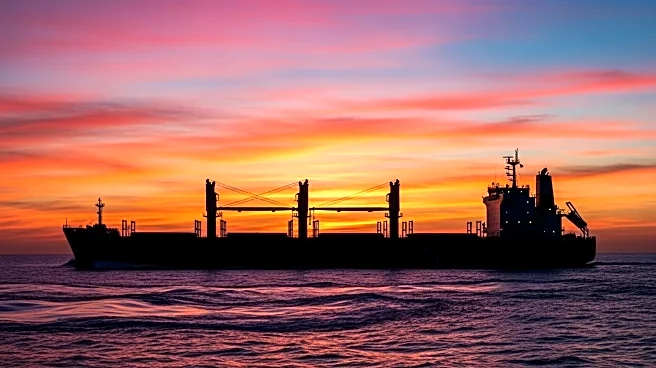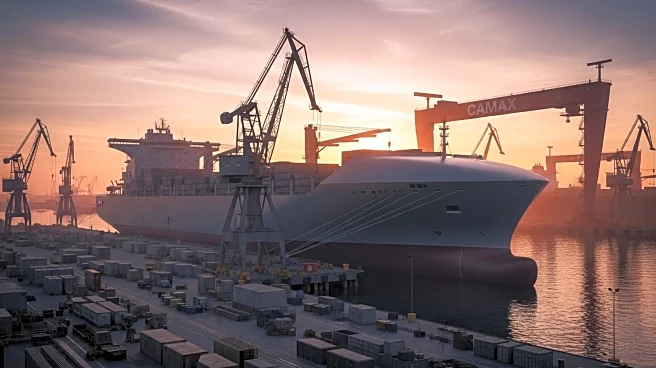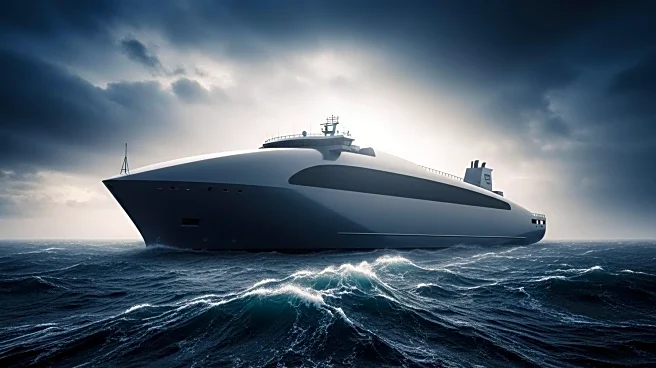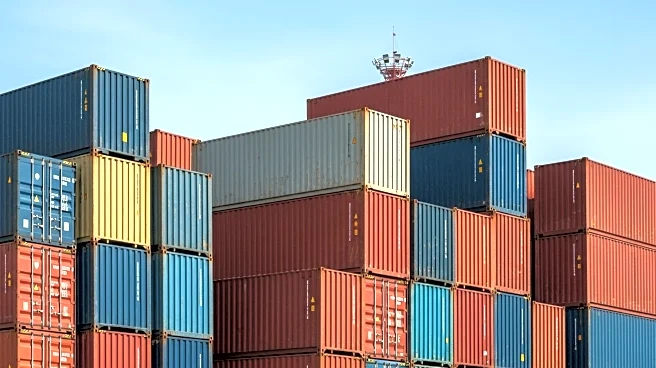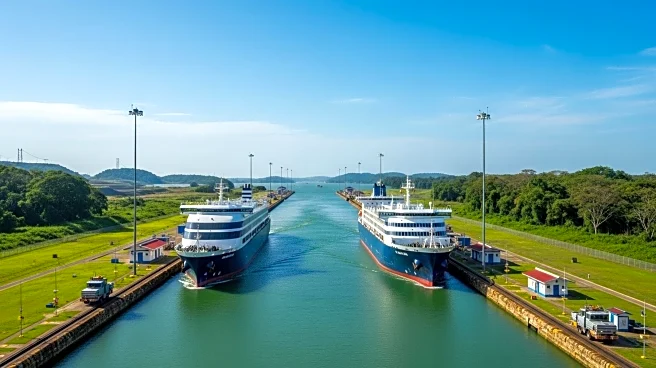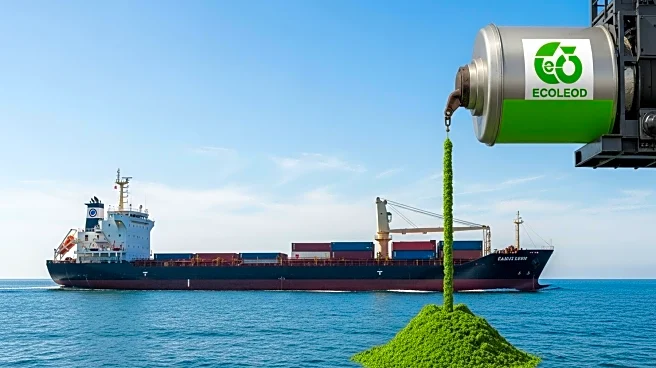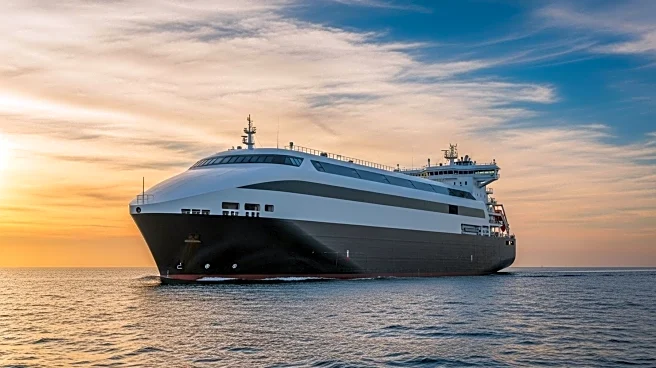What's Happening?
The maritime shipping industry is experiencing a significant tightening of supply in the supramax and ultramax bulker sectors due to a surge in drydocking activities. This increase is driven by the need for vessels to undergo their third special survey, which is typically more extensive than previous ones. According to broker SSY, this drydocking activity has temporarily removed about 2% of the supramax and ultramax fleet from service. The peak of this drydocking wave is expected between now and mid-2026, with a steady state through mid-2027. Additionally, the demand for decarbonization retrofits, driven by new regulations such as the EU ETS and FuelEU Maritime, is pushing repair shipyards to their capacity limits. These retrofits include propulsion upgrades and energy-saving devices, which require longer drydock periods.
Why It's Important?
The current situation in the maritime shipping industry has significant implications for global trade and logistics. The reduction in available vessel supply due to increased drydocking and retrofitting activities could lead to higher shipping costs and potential delays in cargo delivery. This is particularly critical as the industry faces mounting pressure to comply with environmental regulations aimed at reducing carbon emissions. The strain on shipyard capacity could also impact the timeline for retrofitting, potentially affecting the industry's ability to meet regulatory deadlines. Companies that can navigate these challenges effectively may gain a competitive advantage, while those that cannot may face operational and financial difficulties.
What's Next?
As the demand for retrofits continues to grow, shipowners and operators will need to strategize on how to manage their fleets effectively to minimize downtime. This may involve scheduling retrofits well in advance and exploring alternative solutions to meet regulatory requirements. The industry may also see increased investment in shipyard capacity to accommodate the rising demand for retrofits. Stakeholders, including regulatory bodies and industry associations, may need to collaborate to ensure a smooth transition to more sustainable shipping practices without disrupting global trade.
Beyond the Headlines
The push for decarbonization in the maritime industry reflects a broader trend towards sustainability across various sectors. This shift not only addresses environmental concerns but also presents opportunities for innovation in ship design and technology. The development of more efficient propulsion systems and energy-saving devices could lead to long-term cost savings and improved operational efficiency. However, the transition also poses challenges, such as the need for significant capital investment and potential disruptions to existing business models.

